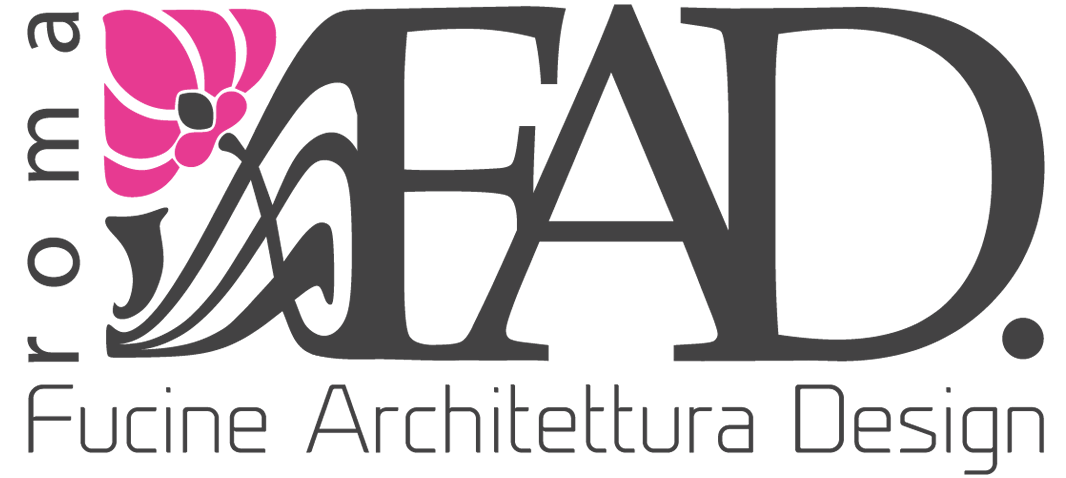The lack of transport infrastructure in Rome
Underground, tram and an architectural vision for the future
Rome is the capital city of Italy, well-known as the eternal city, its millennial history, timeless art, and vibrant culture. Despite its high prestige and charm, the city suffers from a noticeable lack of transport infrastructures compared to other European capitals, in particular in the underground sector. This deficit has significant repercussions on the life quality of the citizens and on the efficiency of the urban mobility.
If we compare Rome to other European capitals - such as London, Paris, and Berlin - the differences in the sector of transport infrastructures are immediately evident, in particular in the underground and tram transport systems. These cities offer extended, on time, and convenient underground networks, which efficiently and ecologically ease the citizens transfers. In Rome, the underground network is limited instead both in terms of extension and territorial coverage.
Several factors can be ascribed as the cause of the lack of transport infrastructures. One of these is the historical and archaeological importance of the City, which makes the implementation of new infrastructures without cause any damage to the existing archaeological sites difficult. This challenge has significantly slowed down the development of the underground network.
In addition, the realisation of new infrastructural projects in a timely and efficient way has been hindered by bureaucratic and financial problems. Bureaucracy and changes in Government can delay or block the projects, making the implementation of long-term transport solutions difficult.
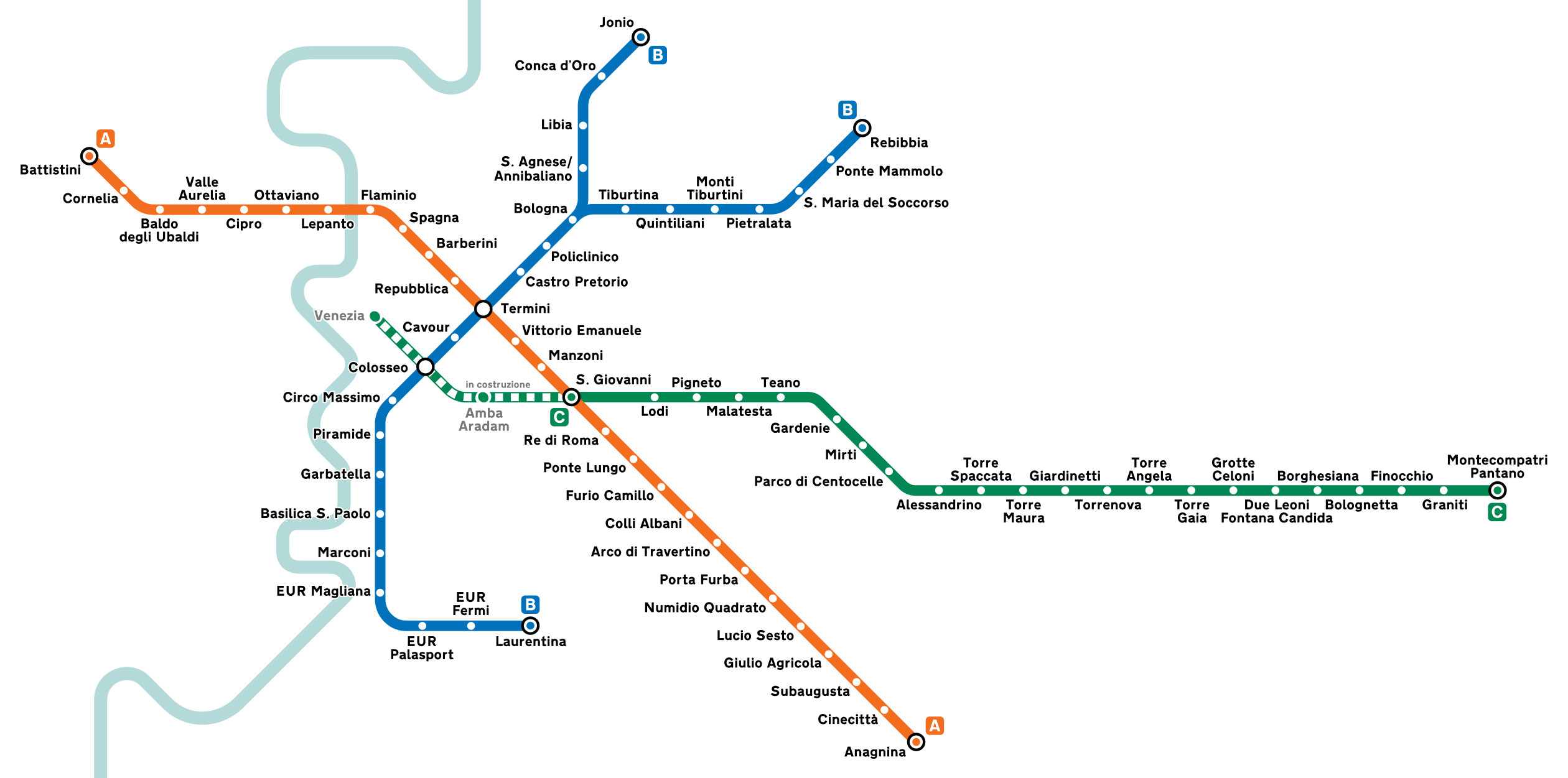
Somebody could wonder why and how architecture is involved in.
The answer is quite obvious: nowadays undergrounds are one of the most important infrastructures in which architecture and interior design play a fundamental role creating new spaces by combining functionality, design, and art. Many undergrounds, in Italy as well, are characterised by spaces of unquestionable beauty, such as the ‘Stazioni dell’Arte’ in Naples or the ones characterised by a suggestive design in the underground network of Stockholm.
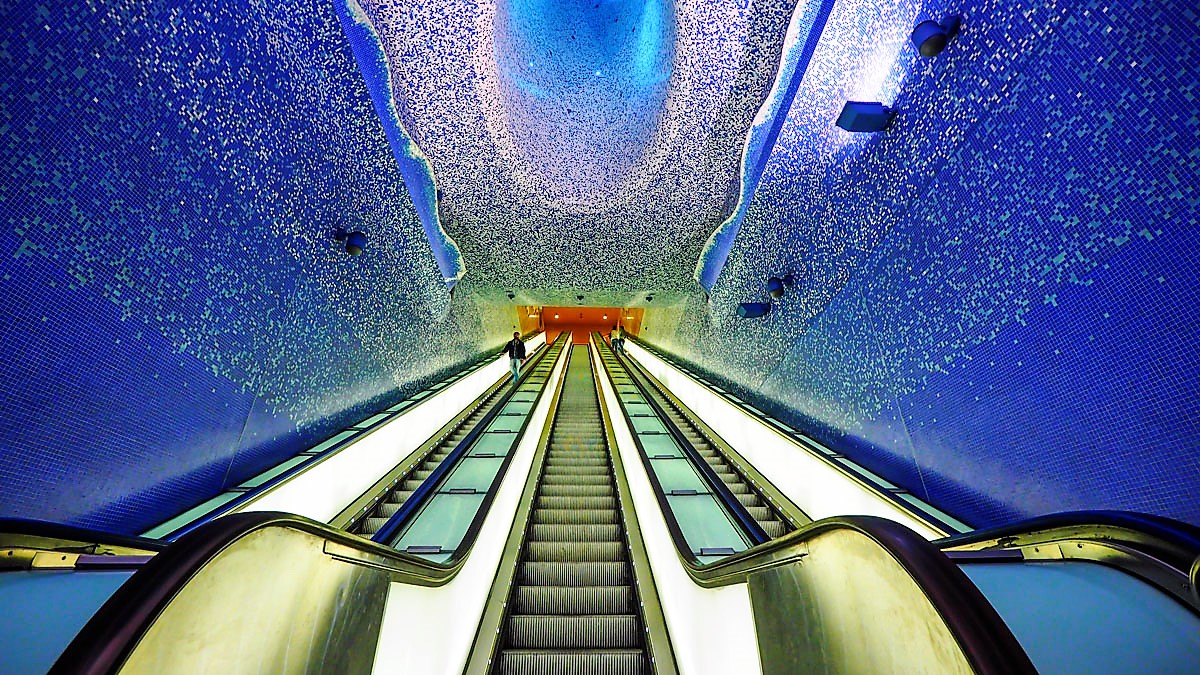
Stazione Toledo a Napoli
Thanks to its knowledge, architecture can design underground and tram stations of excellence for Rome. A clear example is the San Giovanni station which presents archaeological remains set against the contemporary or the future underground stations of Piazza Venezia e Porta Metronia in which technology, design and ancient ruins are combined to create that taste for beauty that we Italians know and must convey. We are sure we are not the only ones to think that the Piazza di Spagna station or the current Colosseo station are aesthetically indecent compared to what they could convey. The underground of Paris, at the Louvre-Rivoli stop, anticipates what will be found on the surface through the use of quality materials, statues, and ornaments.
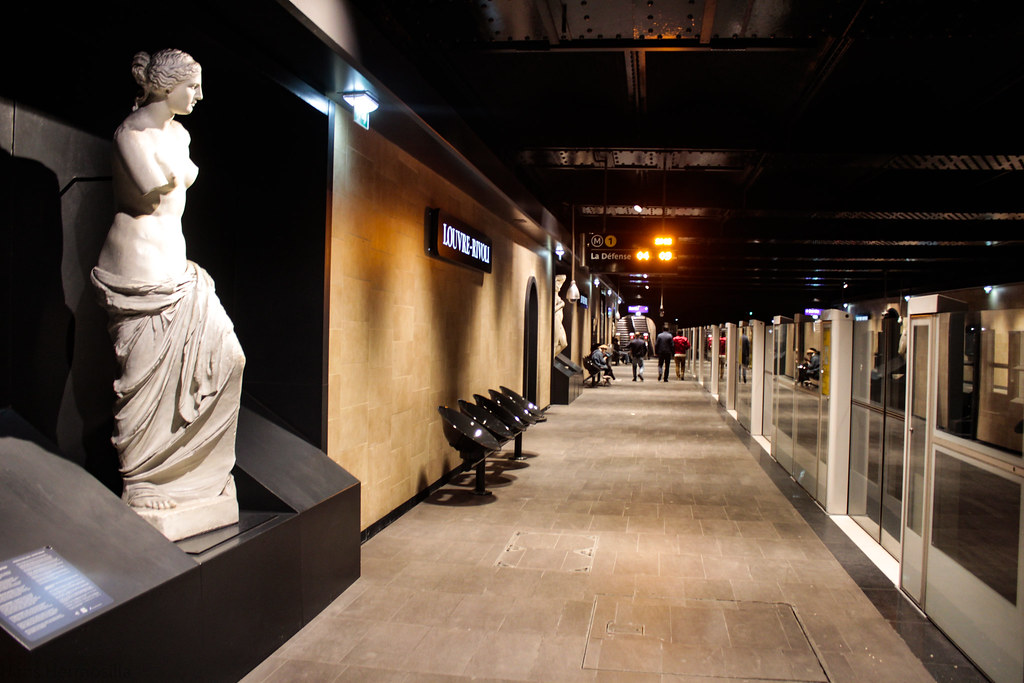
Stazione Louvre - Rivoli a Parigi
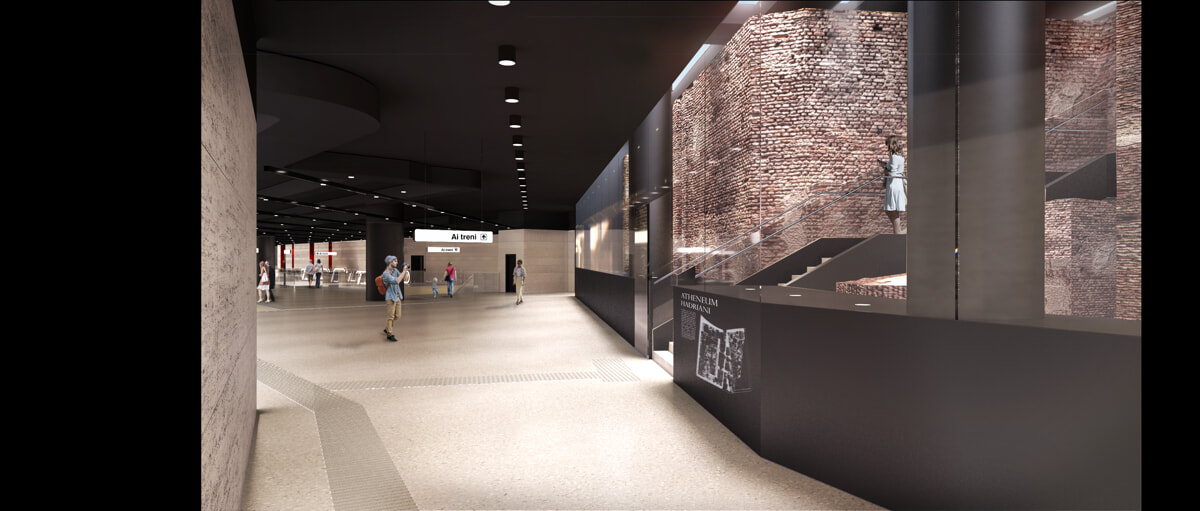
Furura stazione Venezia metro C, vista Atheneum di Adriano
Possible solutions and improvement strategies
To overcome the lack of transport infrastructure, it is necessary to adopt a multidimensional approach with a perspective vision that can conform to the evolution of the city over time. One of the possible solutions could be an effective reform of the bureaucratic reform to simplify the approval and the implementation of the infrastructure projects. In addition, it is necessary to ensure a long-term planning and appropriate investment in the transport system, including the expansion and the upgrading of the existing underground and tram networks.
The implementation of advanced technologies - such as the intelligent traffic monitoring and the traffic route optimisation - can improve the existing transport system efficiency. Moreover, incentivising the use of environmentally friendly means of transport, such as bicycles, and promoting the pedestrianisation of urban areas can reduce car dependency and relieve road congestion.
Fortunately, Rome has approved the SUMP (Sustainable Urban Mobility Plan). This territorial planning and programming tool, which is focused on the mobility within the urban area in a medium-long period of time (10 years), aims to elaborate a vision of the urban mobility system extended to the entire metropolitan area, through the achievement of shared environmental, social, and economic sustainability targets and actions aimed at improving the efficiency of the mobility system. The financed works also includes the realisation of the TVA, Termini – Vaticano – Aurelio tramway which we hope will be built in the near future. This tramway has been subjected to a smear campaign by the city’s newspaper without any valid reasons: nobody understood the reason of so much slander directed against an important and absolutely functional work for the city. There is also the Via Tiburtina tramway and the one which will cover a major part of Via Togliatti, connecting to the A and B undergrounds. Among the most surprising works there is the C underground, which has finally been approved with the consequent works commencement in the Venezia station. The route will go as far as Clorio / Mazzini, if not as far as the Farnesina.
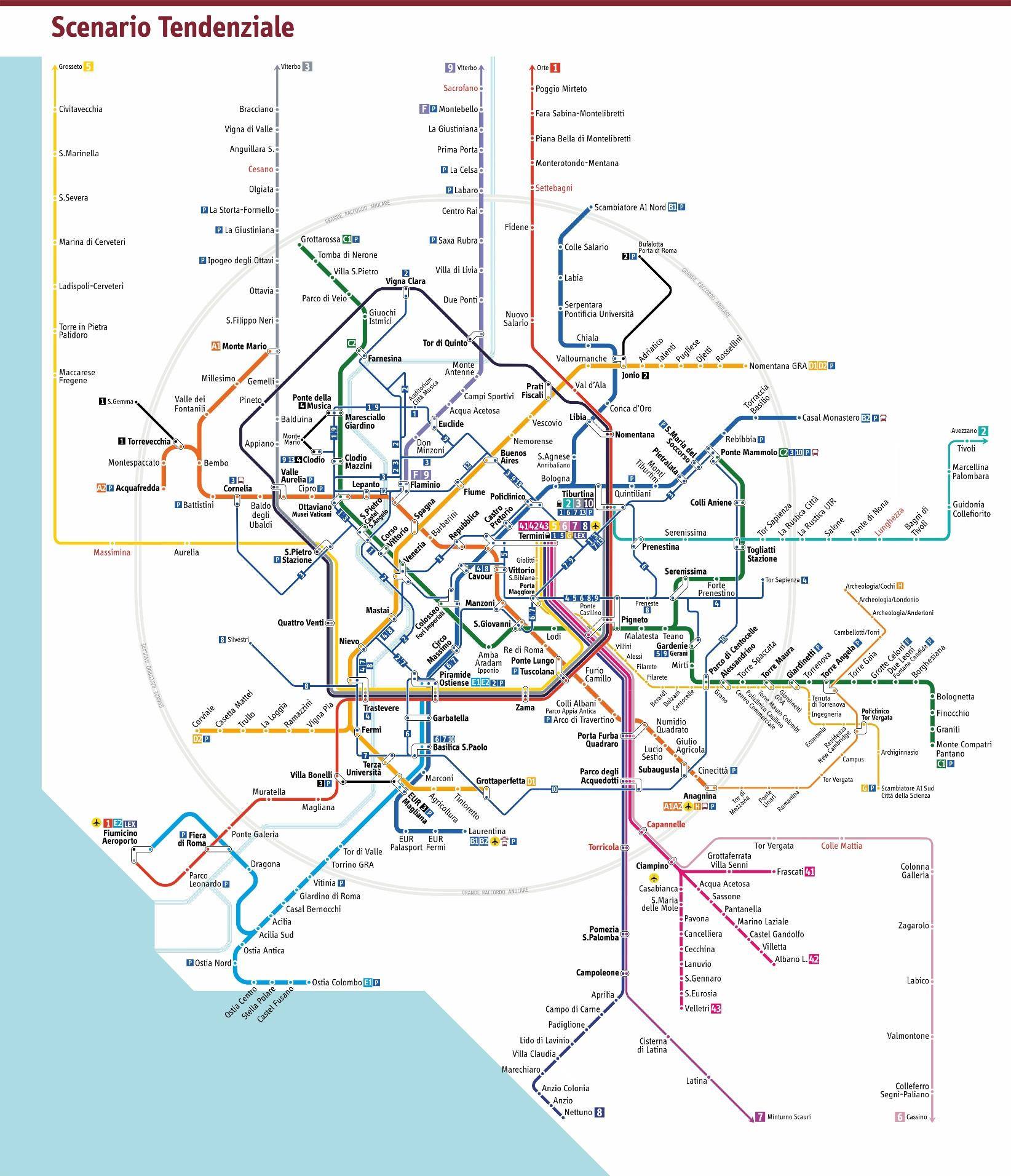
PUMS - Scenario Tendenziale
While waiting for the SUMP projects to be approved, there is also the Metrovia project that can be an alternative to create mobility infrastructure in a short period of time.,. In fact, the Metrovia projects is a high-impact rail plan that could come to life and be integrated into the future realisations of the SUMP. The Metrovia project aims at creating an integrate system between the 6 surface underground which do not exist at the moment (by using and refurbishing stations and tramway lines that exists in the area but are currently unused) with the 4 expected undergrounds (the three already existing, their extensions and, in particular, the D underground), together with the possible underground extension of the Roma Lido. Rome, thus, would have a total of 10 underground lines.
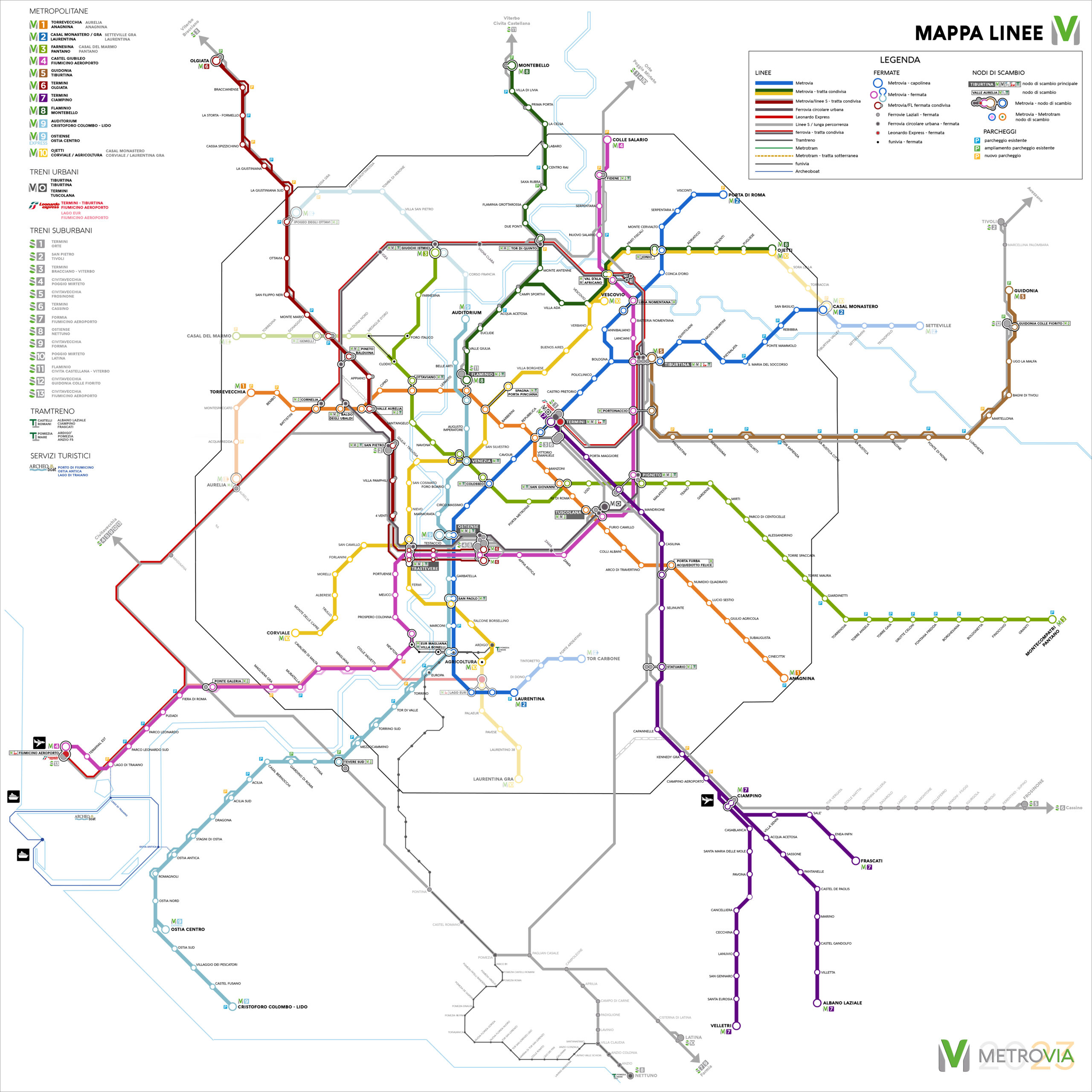
Metrovia - Proposta linee metropolitana e di superficie
It sounds like a dream but if all these instruments were combined or, simply, if these ideas were directed towards a single objective, Rome could have a great benefit and would have a transport network worthy of a Capital City in a short period of time.
Together with these instruments, the Public-private Partnerships are also important to increase the public investments into the transport infrastructure, allocating resources in a targeted way to fill the existing gaps in the underground network, thus expanding its coverage. We should foster the partnership between the public and the private sector to finance, build and operate new underground lines. This approach can speed up projects and improve the efficiency.
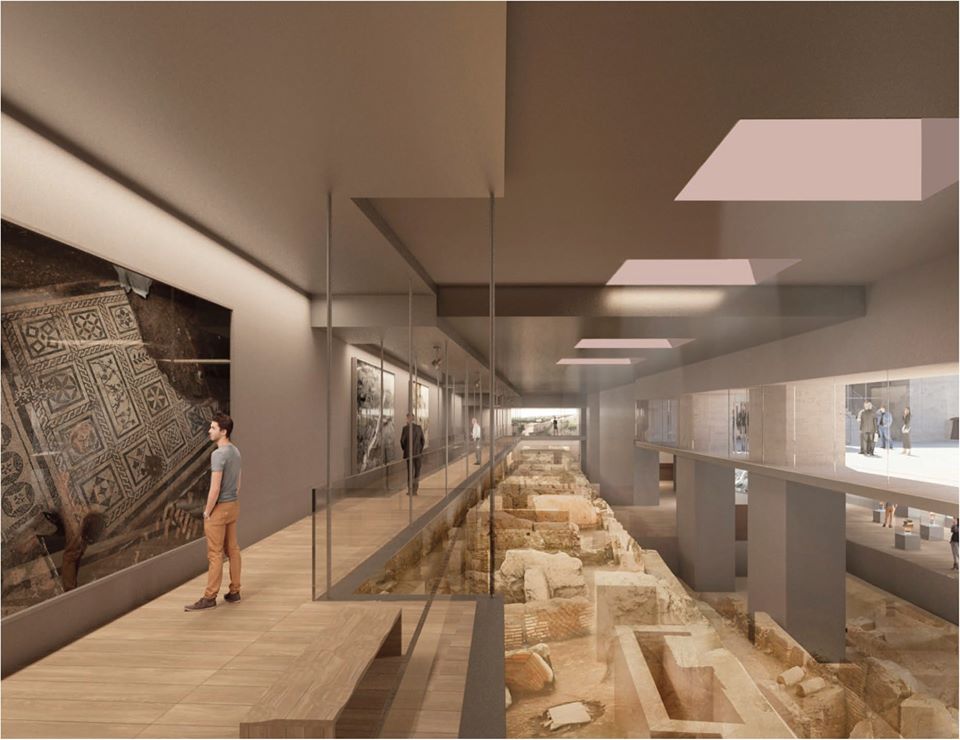
Render futura stazione metro Porta Metronia a Roma
Architecture, as mentioned at the beginning, could become the pivot on which revolutionise and optimise the spaces of the underground stations, making them more welcoming, functional, and aesthetically pleasing. Ensure that the stations are designed to be accessible to all, including elderly and disable people, ensuring an inclusive travel experience for all.
The lack of transport infrastructures represents a crucial challenge for Rome; however, it is also an opportunity to transform the city into a more accessible, efficient, and sustainable place. It is fundamental to combine efforts between the government, the local authorities, and the community to develop and implement targeted strategies to improve the transport infrastructure in the eternal city, contributing to the realisation of a brighter future for all the citizen and for the large number of tourists.
